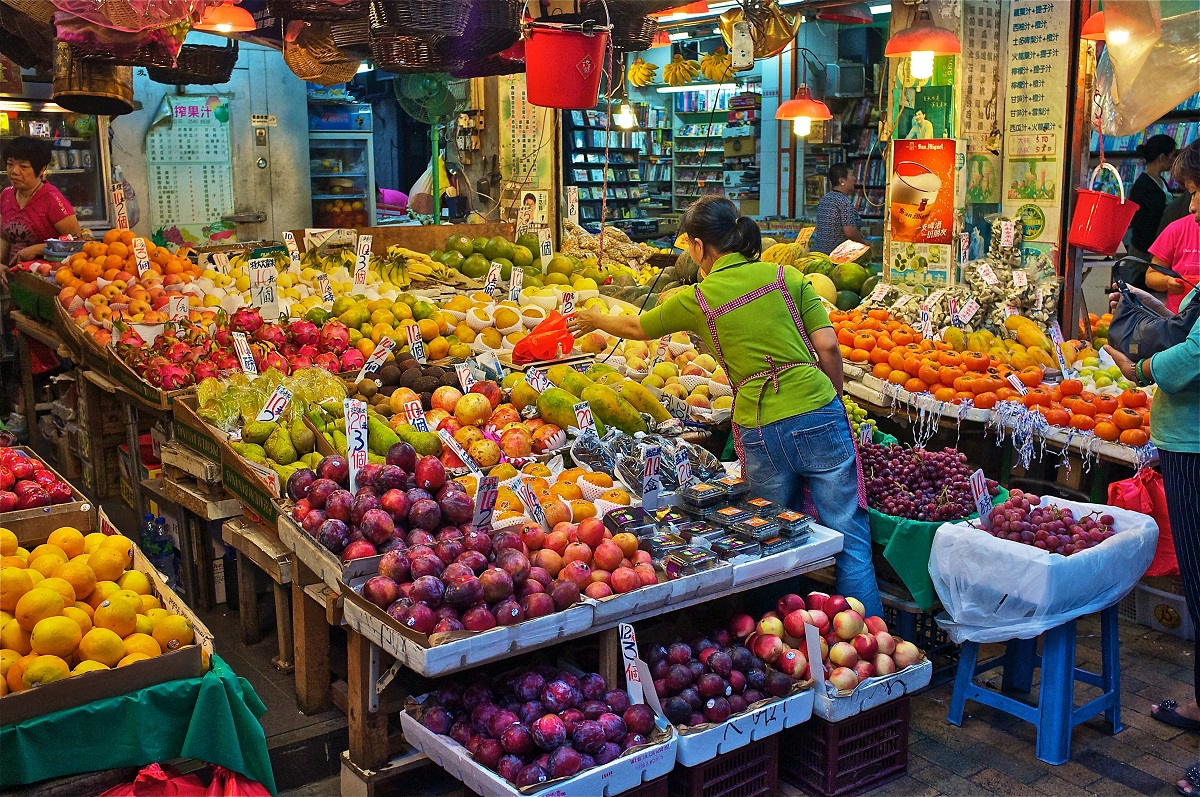
Laxmi Prasad Pant, Senior Lecturer/Researcher Human Geography/Food Systems |
The COVID-19 pandemic served as a ‘perfect storm’ to expose the fault lines of the industrial food system [1] – millions of young broiler chickens buried alive, vegetables ploughed under the soil, and milk dumped, all due to disruptions in the supply chain. Simultaneously, people increasingly depend on charities and relief workers to secure their next meal. Regardless of the pandemic, industrial modernization has already pushed regionally oriented traditional food systems to the margins, partly because of the perceived food quality and safety issues and fast, modern lifestyles.
The pandemic disproportionately affected the poor, the immune-compromised, women, and people of colour [2], primarily due to inherently unfair social and economic structures. For instance, poor and marginalized people’s lives and livelihoods are disrupted by the closure of traditional food markets. So-called Chinese ‘wet markets’, where live animals are slaughtered for warm meat [3] together with the sale of other produce, faced shutdowns due to infectious disease outbreaks in recent decades (e.g. SARS-CoV in 2002 and SARS-CoV-2 in 2019).
One apparent example of how modernization pushes traditional food markets to the margins also comes from China. Until the 1980s, most Chinese wet markets were informal roadside (outdoor) markets [4], but starting in the 1990s, government authorities regulated these markets by building closed, usually in indoor, spaces. This attempt to modernize food systems not only drove informal food vendors underground but also created high-density marketplaces resulting in more intimate human and live animal contact, often leading to frequent emergence of infectious diseases.
Although it may appear counterintuitive, government bodies in China have already reopened the wet markets and temporarily relaxed street food vending regulations; restaurants can sell cooked food in residential neighborhoods [5] following social distancing measures. This is a genuine effort to achieve the twin goals – employment for low-income households in the informal sector, and access to ready-to-eat food in the post-pandemic environment.
Standardization and regulation of traditional food markets should clearly differentiate the high-density warm meat markets, and the fresh fruit and vegetable markets [6]. Wet markets exist in diverse forms [7], despite the media portrayals of these markets as homogenous and uncontested spaces.
Infectious diseases often emerge due to excessive human influences on nature through various means – industrial food animal production, high-density production and marketing, live animal transport, slaughter and sale, animal captivity, and illegal wild animal trade [8]. Most emerging infectious diseases are zoonotic in origin, caused by viruses, bacteria or other pathogens that occasionally jump from wild or domesticated animals to humans.
Perceived quality and safety concerns are not an excuse to push regionally oriented traditional food systems to the margins [9]. This pandemic renewed the call for a nuanced look at inherent structural inequality in food systems, including who wins or loses from traditional and modern food markets, and under what regulations, power, and privilege.
References
- Clapp, J. (2020, 8 May) Spoiled milk, rotten vegetables, and a very broken food system. The New York Times. Retrieved from https://nyti.ms/3fvJzYh
- Moore, J. T., Pilkington, W., & Kumar, D. (2020) Diseases with health disparities as drivers of COVID‐19 outcomes. Journal of Cellular and Molecular Medicine. Advance online, https://doi.org/10.1111/jcmm.15599
- Standaert, M. (2020, 23 January) Appetite for 'warm meat' drives risk of disease in Hong Kong and China. The Guardian. Retrieved from https://www.theguardian.com/environment/2020/jan/23/appetite-for-warm-meat-drives-risk-of-disease-in-hong-kong-and-china
- Zhong, T., & Scott, S. (2020) “Informalization” of food vending in China: From a tool for food security to employment promotion. Journal of Agriculture, Food Systems, and Community Development. Advance online publication. https://doi.org/10.5304/jafscd.2020.094.006
- Zhong, T., & Scott, S. (2020) “Informalization” of food vending in China: From a tool for food security to employment promotion. Journal of Agriculture, Food Systems, and Community Development. Advance online publication. https://doi.org/10.5304/jafscd.2020.094.006
- Pant, L. P. (2020) Transforming industrial food systems to prevent future disruptions
[Book review]. Journal of Agriculture, Food Systems, and Community Development. Advance online publication. https://doi.org/10.5304/jafscd.2020.094.023 - Zhong, T., Si, Z., Crush, J., Scott, S., & Huang, X. (2019) Achieving urban food security through a hybrid public-private food provisioning system: The case of Nanjing, China. Food Security,11, 1071–1086. https://doi.org/10.1007/s12571-019-00961-8
- Greger, M. (2007) The human/animal interface: Emergence and resurgence of zoonotic infectious diseases. Critical Reviews in Microbiology,33(4), 243–299. https://doi.org/10.1080/10408410701647594
- Lynteris, C. & Fearnley, L. (2020, 31 January) Why shutting down Chinese ‘wet markets’ could be a terrible mistake. The Conversation. Retrieved from https://theconversation.com/why-shutting-down-chinese-wet-markets-could-be-a-terrible-mistake-130625

